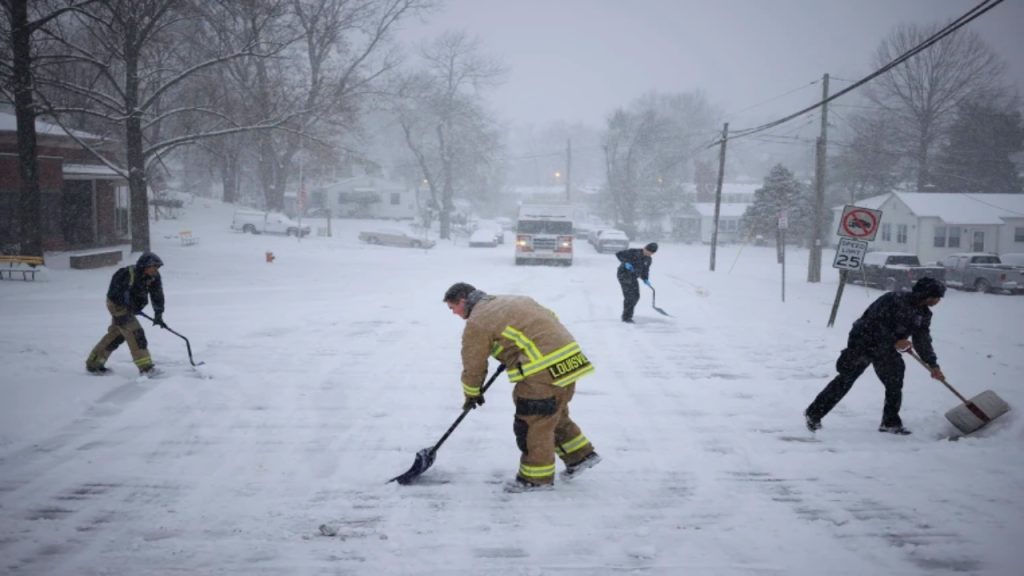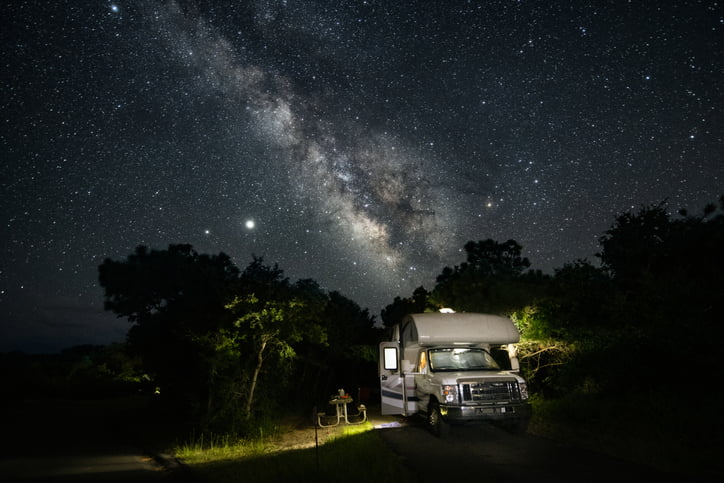The Texas Panhandle is gearing up for a pretty intense winter storm that’s set to hit Friday afternoon and stick around through Saturday night. If you’re in Amarillo, Dalhart, Dumas, or nearby areas, you’ll need to pay close attention to the weather—heavy snow, freezing temperatures, and strong winds are on their way, and this is not a storm to take lightly.
What’s Happening:
-
Snowfall: The snow is expected to start Friday afternoon, but it won’t be until later that night that it really picks up in intensity. We’re looking at 2 to 4 inches of snow in most areas, with some parts possibly seeing more. It’s going to be that heavy, wet snow that sticks quickly, especially on side roads and secondary highways. If you have to drive at all, expect slick and slippery conditions—even the highways won’t be immune.
-
Wind Gusts: On top of the snow, winds will be gusting up to 30 mph, causing blowing snow and reducing visibility to almost nothing in some areas. The wind will be particularly strong along interstate routes like I-40 and US-287, so if you’re traveling anywhere near there, be extra cautious.
-
Freezing Temperatures: The temperatures are expected to stay below freezing—we’re talking 20s and even teens—which means the snow will freeze up quickly, turning the roads into sheets of ice. Even after the snow stops falling, those icy conditions will stick around, making travel tricky well into Saturday night. So, black ice is definitely something to watch out for, especially on bridges, overpasses, and any elevated roads.
Why You Should Take This Storm Seriously:
Sure, a snowstorm is nothing new for the Panhandle, but this one is a little different. Here’s why:
-
Blowing Snow and Low Visibility: The winds aren’t just blowing snow—they’re creating serious visibility issues. The blowing snow can easily turn into a white-out where you can’t see anything in front of you. If you’ve got to be on the roads, it’s critical to slow down and be extra cautious. Just because the road looks clear doesn’t mean it’s safe—snow can pile up fast in these conditions, especially on highways.
-
Icy Roads: It’s not just the snow that makes this storm dangerous—it’s the ice. Once those freezing temperatures hit, everything will freeze quickly, including any leftover moisture on the roads. This can lead to black ice, which is nearly invisible and can cause serious accidents if you’re not careful. So, even if the snow stops falling, don’t let your guard down—the roads will stay slick.
-
Wind Chill: On top of the snow and ice, the wind chill is going to make it feel much colder than it actually is. The combination of cold temps and gusty winds can quickly bring the feel of the temperature down well into the teens, which could lead to hypothermia or frostbite if you’re not careful. If you have to go outside, make sure to bundle up—hats, gloves, and layers are a must.
How to Stay Safe:
If you don’t have to leave the house, your best bet is to stay put. But if you absolutely have to go out, here are a few things to keep in mind:
-
Prepare Your Car: Before hitting the road, make sure your vehicle is ready for winter. Check your tires, make sure your windshield wipers are in working order, and keep your gas tank full. You’ll want to have an emergency kit on hand, too, with essentials like water, snacks, blankets, and a flashlight. It’s always a good idea to carry a phone charger, too, just in case you need it.
-
Check Road Conditions: The storm will be moving in quickly, so be sure to check road conditions before you leave. If the roads are already getting bad, it might be a good idea to wait until conditions improve. Road closures or traffic reports can give you the heads-up you need to avoid dangerous spots. Don’t take unnecessary risks—snow can make driving treacherous, especially on secondary roads.
-
Slow Down and Be Cautious: The most important thing when driving in a snowstorm is to take it slow. If you’re driving on snow or ice, brake gently and increase your following distance. Don’t rush—you’re much better off arriving a bit later than risking your safety. If you’re in an area where visibility is poor, use your headlights, even during the day, and pull over to a safe spot if you can’t see where you’re going.
-
Stay Inside When You Can: If you can delay travel or stay home, that’s your safest bet. The snowstorm is expected to make roads dangerous, and icy conditions will stick around even after the snow stops falling. You’re better off waiting until the storm clears out before heading out.
Key Takeaways:
-
2 to 4 inches of snow are expected, with some areas getting even more.
-
Winds of up to 30 mph will create blowing snow and low visibility.
-
Icy roads and black ice will make driving dangerous.
-
Stay home if possible; if you must travel, be prepared and cautious.



